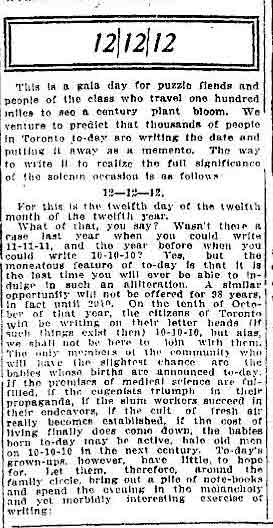at the coffee house
Found this cartoon while researching this weekend's edition of Historicist . I can sympathize with the frustrated diner -- a couple of months ago a friend and I experienced a lengthy delay at a Corktown brunch spot we had liked. Over an hour passed before we discovered our order had slipped through the cracks. Usually the 100-year wait while dining in Toronto is for the bill. I usually dash to the cash when it's time to go, regardless of the grumbly looks this occasionally inspires. Source: the News , December 31, 1887.





